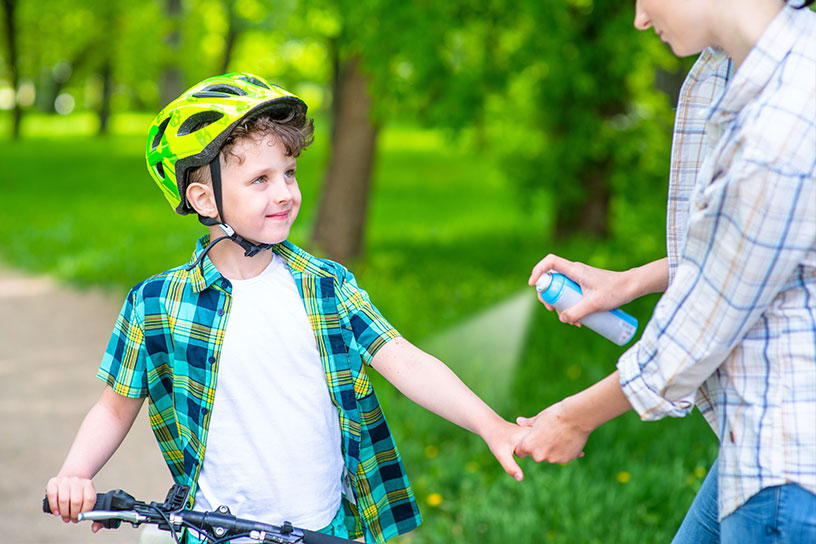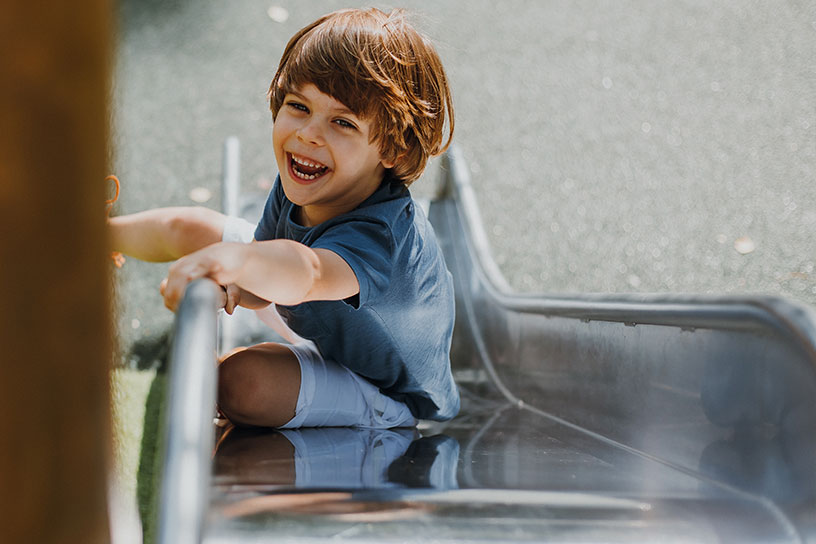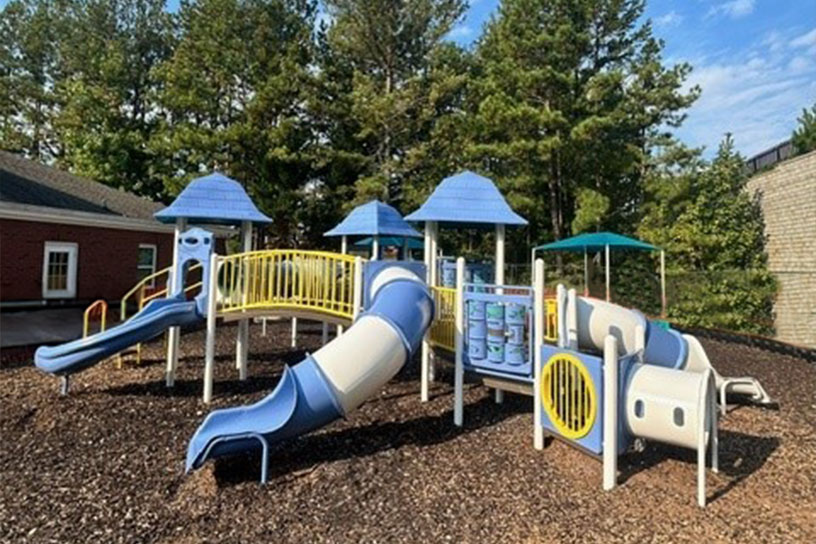This new school year is particularly exciting, as for many, it will mean a return to in-person learning. And one of the most thrilling parts of returning to school for many young students is spending time on the playground. But before your school is back in session, you’ll need to ensure your playground is safe and ready for another year of use. Here are four steps to building an appropriate playground maintenance plan to keep your students happy, healthy, and safe.
1. Assess Cleaning Procedures
COVID-19 guidelines may be easing up, but safety and sanitization are still an important part of your playground maintenance plan. Be sure to review the current guidelines for your state and municipality and go over procedures with your maintenance or janitorial team.
It’s also a great time to review the products you use on your playground. Not all cleaning products are made equal, and many don’t meet the high-traffic disinfecting needs of schools.
Look for playground cleaning products that:
Contain disinfecting and sanitizing ingredients (many cleaners don’t)
Are non-toxic, non-irritating, and fragrance-free
Are concentrated and low-cost for regular use
Are non-corrosive to extend the life of your playground
2. Review Playground Safety Rules and Procedures
Reviewing rules and procedures not only with students, but also with teachers and staff, is key to playground safety. Be sure to set aside time before students arrive to go over safety information with any adults who will be monitoring students on the playground (including substitutes and volunteers).
Going over this information is an often overlooked but crucial component of your playground maintenance plan. Then, once students return, review rules and procedures with them as well, taking extra care to highlight any new or updated rules.
3. Schedule a Playground Inspection
One of the key pieces of your playground maintenance plan is performing regular inspections. Before students return, schedule an inspection to make sure your playground is fit for another year of use. This is also a great time to schedule out your playground inspections throughout the year. While your needs will vary based on the type of play structures and/or freestanding components you have, quarterly inspections are a good place to start.
Many schools aren’t sure where to begin when it comes to playground inspections. If you’re feeling overwhelmed, you can opt to have a professional inspection service take a look at your structure, or use a playground inspection software like Park Protector.
4. Survey Playground Surfaces, Fences, Signage, and More
In addition to having your playground inspected, you’ll want to ensure the safety of the items around it. If you have a mulch surface, check for low spots under swings and at the base of slides. If you have a solid surface, look for holes and other damage. If you notice your play area has seen better days, you may want to consider having your surface tested to ensure it meets playground safety standards
You’ll also want to inspect surrounding structures like fencing for holes and sharp edges. And, ensure you have adequate safety signage around your play area to reinforce rules and keep students safe.
Looking for assistance with your playground maintenance plan checklist? Our experts can help. Schedule a consultation to learn more about our maintenance services and solutions.





